Lapwing f 1000 (1994)
The Lapwing thousand guilder banknote is one of four notes created by graphic designer Jaap Drupsteen. People had to search for the bird on the note.
Read more Lapwing f 1000 (1994)You are using an outdated browser. DNB.nl works best with:
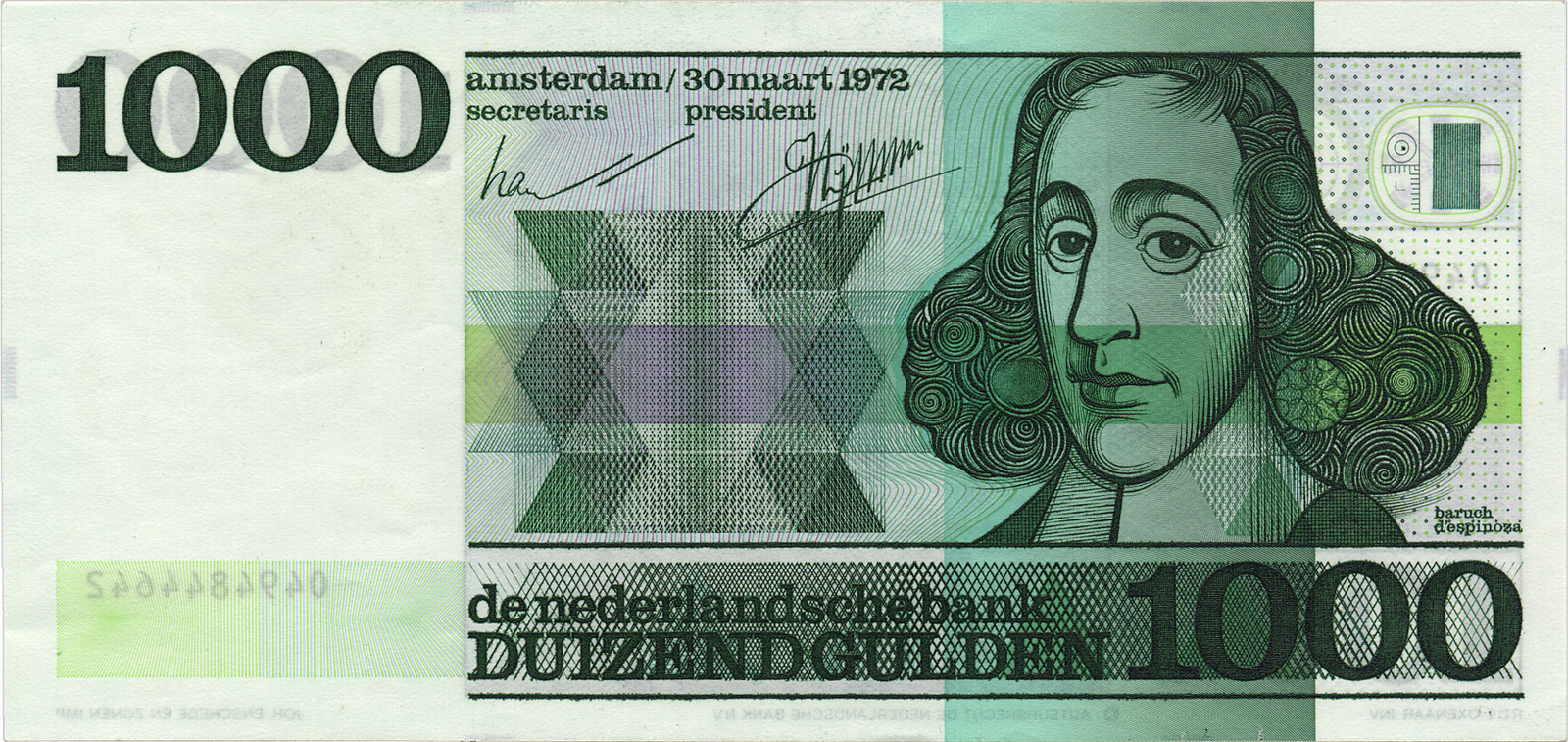
© DNB
Whenever new guilder designs were created, DNB was always closely involved. Regardless of the denomination, the bank kept a close eye on the designer’s work. After all, the authenticity features were of great importance and as such required great precision. The story of this banknote is about... fingers!
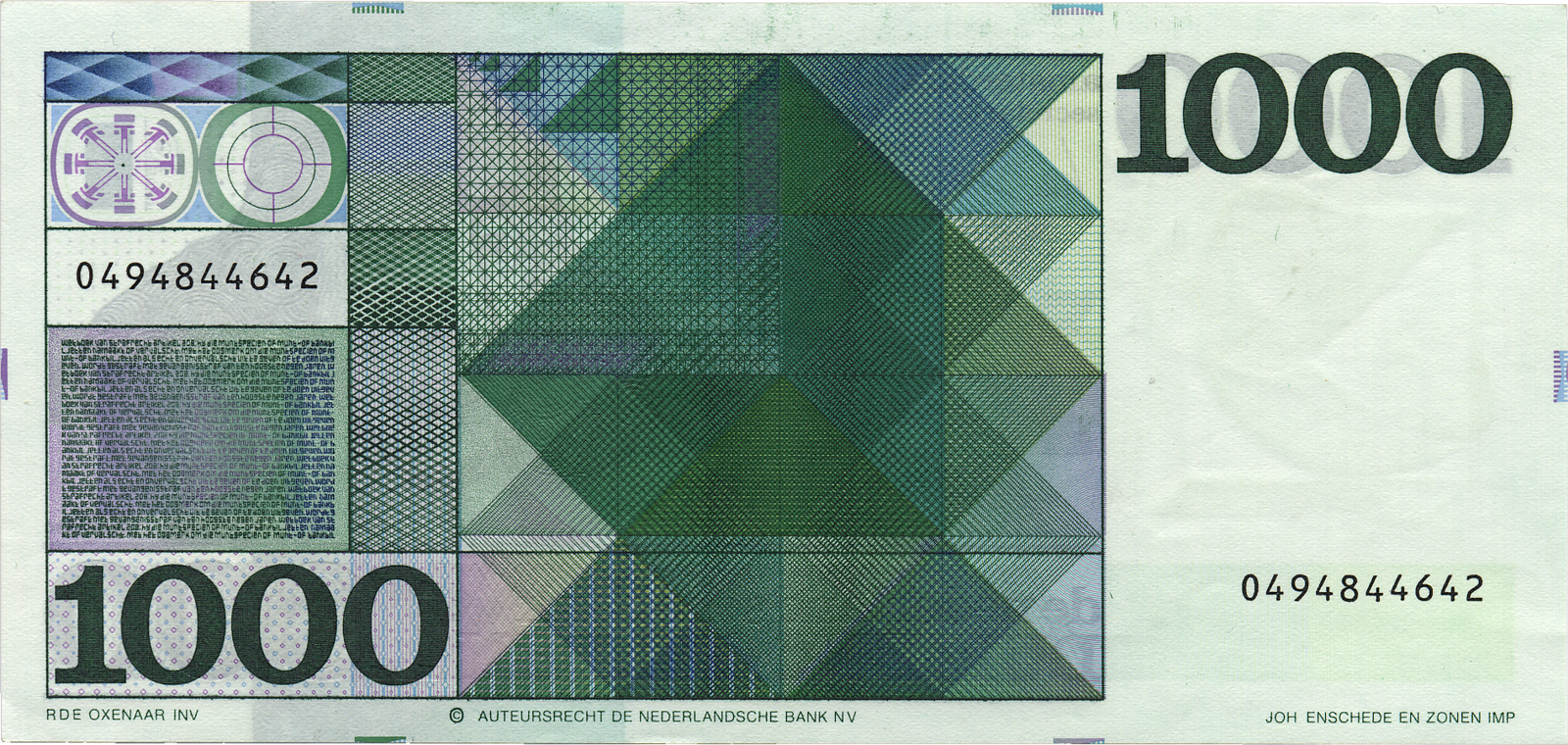
© DNB
On this note, the highest denomination from the guilder era, the Dutch philosopher and political thinker Baruch Spinoza gives us a sympathetic look. In his own time – the 17th century – this Enlightenment thinker was not very popular, however. People thought his ideas on freedom and expression were peculiar and even dangerous. Later his fame grew, and because of the impact of his tolerant ideas, he is now even included in the Canon of the Netherlands. And speaking of tolerance: what is remarkable about the Spinoza note is that no identifying marks were included for the visually impaired, even though this was a requirement for all the other denominations in the Erflaters II series. After all, money had to be recognisable and, above all, user-friendly for a wide audience.
Spinoza himself had something to say about money too. According to him, people regarded money too much as a value in itself, and as a result money had lost its primary function as a medium of exchange. Instead of saving up as much money as possible, Spinoza felt that people should focus on our collective self-preservation. This idea lived on into the 20th century, so Spinoza’s portrait on the f 1,000 note was regarded as a little odd by some. In 1983, the Amsterdam artist Aat Veldhoen said:
“Take Spinoza. His philosophy was that when he died he would have no debts, and no possessions of any kind either, and he lived by that […]. But ironically, Spinoza is now on the thousand guilder notes. Of all people, he is the one depicted on the highest denomination! I find that poignant and sad!"
In other words: Veldhoen gave this note the finger. Oh yes, let’s not forget the finger! The Spinoza model is best known for designer Oxenaar’s famous fingerprint, placed in the philosopher’s left hair lock. This fingerprint was not in the draft approved by DNB (see image). By the time it was discovered, it was already too late of course. And this is why you will only see the fingerprint on the notes themselves. Although DNB was not exactly happy, they remained fans of the designer and condoned his “unorthodox bad-boy behaviour”.

Left: the design (without the fingerprint). Right: the note itself (with the fingerprint)
The f 1000 note circulated from 15 January 1973 to 1 January 2002 and had a circulation of 56,988,992. It was signed by DNB president Zijlstra. Until 1 January 2032, this note can still be redeemed at our Cash Desk
Curious to find out more?
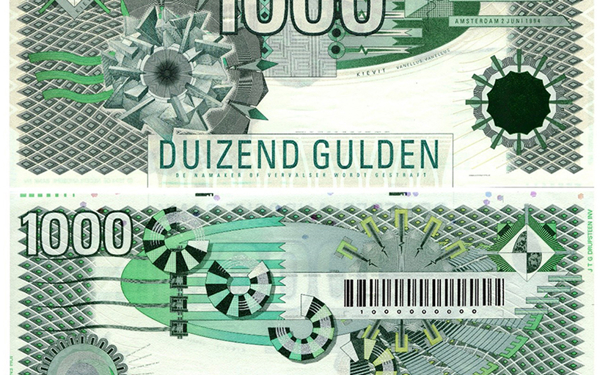
The Lapwing thousand guilder banknote is one of four notes created by graphic designer Jaap Drupsteen. People had to search for the bird on the note.
Read more Lapwing f 1000 (1994)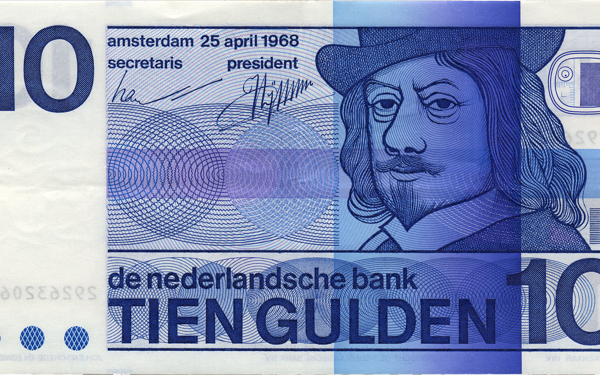
A classic portrait from Dutch history, with a contemporary twist. This ten-guilder note shows the face of Frans Hals, one of the most famous Dutch painters of the 17th century.
Read more The Frans Hals f 10 model (1968)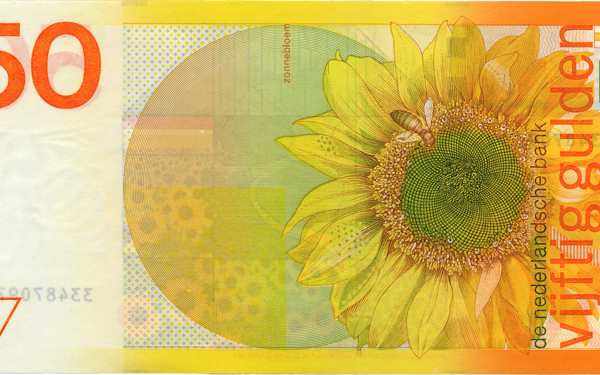
Buzz… buzz… buzz! Did you know that banknotes can make noise? By scratching your fingernail over the orange (intaglio) line pattern on the reverse of this f 50 Sunflower banknote, you can hear the sound of a buzzing bee! But is it really a bee?
Read more The Sunflower f 50 model (1982)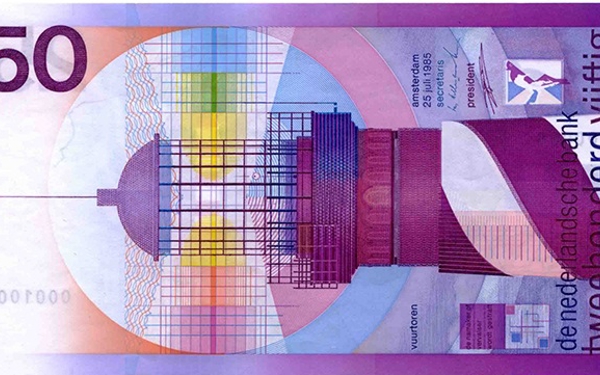
‘Cheerfulness, respectability and dignity’, that’s what the new f 250 note from designer R.D.E. (‘Ootje’) Oxenaar was intended to exude. The lighthouse, which was inspired by the one at Haamstede in Zeeland, was a recognisable and identifiable Dutch symbol that perfectly met these DNB requirements.
Read more The Lighthouse f 250 model (1986)We use cookies to optimise the user-friendliness of our website.
Read more about the cookies we use and the data they collect in our cookie notice.